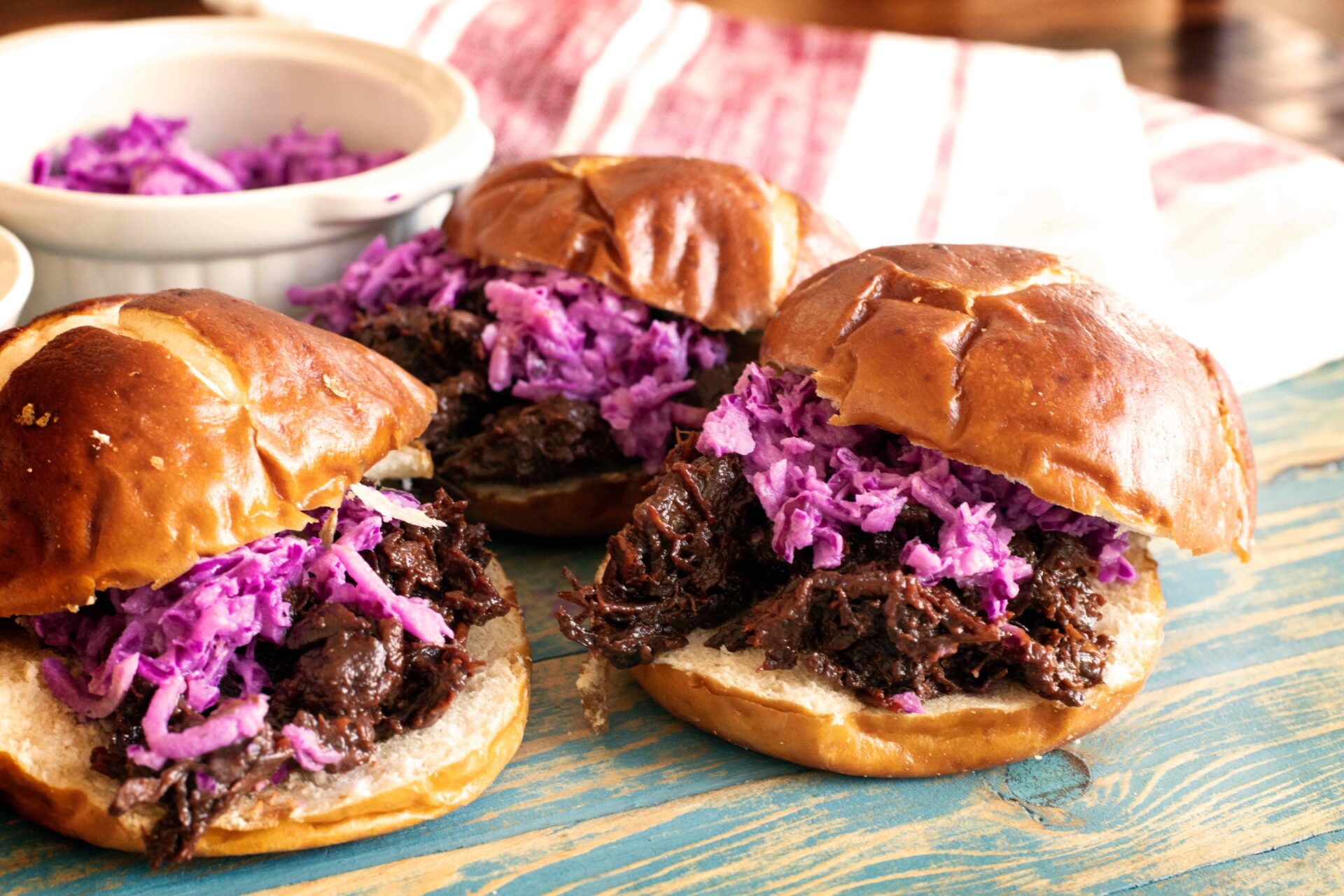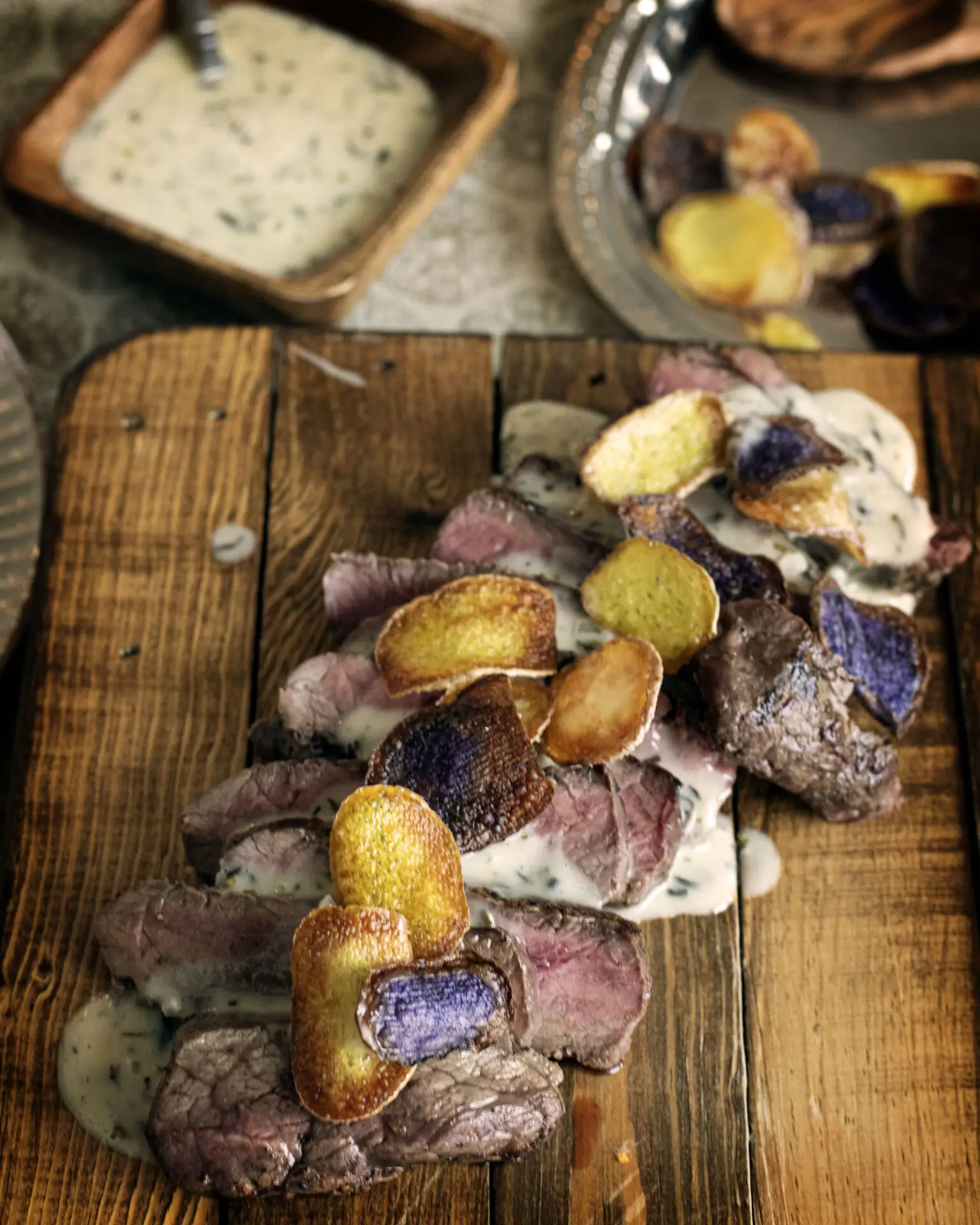The Pacific Northwest offers an excellent opportunity for new experiences, especially when looking for new hunting or fishing activities. I have spent time ocean fishing, crabbing, and clamming, all of which are foreign harvesting endeavors that I enjoy trying to become, if not successful at, at least sufficient.
Razor clamming has deeply imprinted on my memories. Clammers, armed with shovels or clamming guns, spread out on long, sandy beaches of the Pacific Ocean during low tide. As the tide creeps out, the newly exposed sands are filled with razor clams. Clammers comb the beach, tapping the end of their shovels or guns lightly on the beach’s surface, and looking for the small dimple in the sand indicating a retreating clam. Spotting the dimples takes practice and patience. Even after clamming several times now, I feel like I have to relearn the art of razor clamming each time I go.
At the proper identification of a fruitful dimple, clammers plunge their shovels or guns deep into the beach, quickly chasing the clam. The clam guns are long tubes with a handle on the end. The tubes are forced down into the sand, collecting sand, water, and hopefully a clam in the holding chamber. The handle has a small air hole, which is covered by the clammer’s finger once they are ready to remove their gun from the sand. Covering the hole creates pressure inside the gun’s capsule, allowing the clammer to pull their bounty to their surface.
Once a full gun emerges, the clammer flips the contents quickly onto the beach, and immediately dives into their sandy mess, fumbling and shifting through the soupy sand mixture in search of the clam. It is a race against the ocean waves, which are constantly reaching for clams and trying to drag them back into the ocean, and against the razor clams, which are surprisingly fast at digging back down into the beach.
While clamming on the beach, you can hear the excited calls of triumphant clammers. Successful clammers squeal in delight of the harvested clam before dropping it for safekeeping in netted bags looped around their waist, and then continuing on, eyes focused downward is search of another dimple.
Razor clams have a very hearty and rich meat. With a little firmer texture than some other seafood, like crab or scallops, razor clams are perfect for soups. They hold up well to the cooking process, preserving their chewy texture, but also add a bit of sweetness and ocean saltiness to the broth of any dish they are used in. My favorite preparation of razor clams is in cioppino, a hearty fishermen’s stew filled with a variety of seafood.

Ingredients
- 3 tablespoons olive oil
- 1 medium onion, diced
- 2 medium shallots, diced
- 3 stalks celery, diced
- 3 carrots, diced
- 2 bulbs of fennel, stems removed and bulbs diced
- 3 cloves garlic, minced
- 2 tablespoons tomato paste
- 1 and ½ cups dry white wine
- 28 oz can diced tomatoes, preserve juice
- 4 cups vegetable stock
- 8 oz jar clam juice
- 2 bay leaves
- Salt and pepper to taste
- 1 pound razor clams, removed from shells, cleaned and diced into bite-size pieces
- 1 pound uncooked shrimp, peeled and deveined
- 1 pound snow crab legs
- Other desired seafood could include a pound of halibut, salmon or other firm fish cut into bite-size chunks, manila clams, mussels, lobster tails and claws, scallops, calamari, octopus, etc.
Instructions
- Prep by dicing up the onion, shallot, celery, carrots, and fennel. Mince the garlic.
- Heat a dutch oven or large heavy-bottomed pot over medium-high heat. Add the three tablespoons of oil and let heat for a minute.
- Add the onion and shallot to the pot, stirring to coat in the oil, and let sauté for three minutes. If the onions start to brown instead of turning translucent, reduce heat. Add a teaspoon of salt to the onions.
- Add the celery, carrots, and fennel to the pot. Cook for seven more minutes to soften the carrots and celery.
- Stir in the minced garlic and two tablespoons of tomato paste, coating everything in the tomato paste. Allow to cook for three minutes.
- Deglaze the pot with the white wine. Scrape any pieces stuck to pot’s bottom up. You don’t want to miss out on any potential flavors! Allow the wine to cook down for five minutes on a gentle boil.
- Add the canned tomatoes, with all the juices from the can, the vegetable stock, and the entire bottle of clam juice. Nestle the bay leaves into the soup base, cover, and reduce heat to a low simmer. Let cook for one hour, checking to make sure the soup base stays at a simmer and doesn’t start to rapidly boil.
- Add the razor clams, shrimp, and snow crab legs to the soup liquid, submerging the shrimp and clams before covering. Let simmer for seven minutes. The shrimp should be lightly pink when finished. Season with more salt and pepper if needed.
- Ladle into large bowls and serve with a crusty bread for soaking up the tomato broth.



